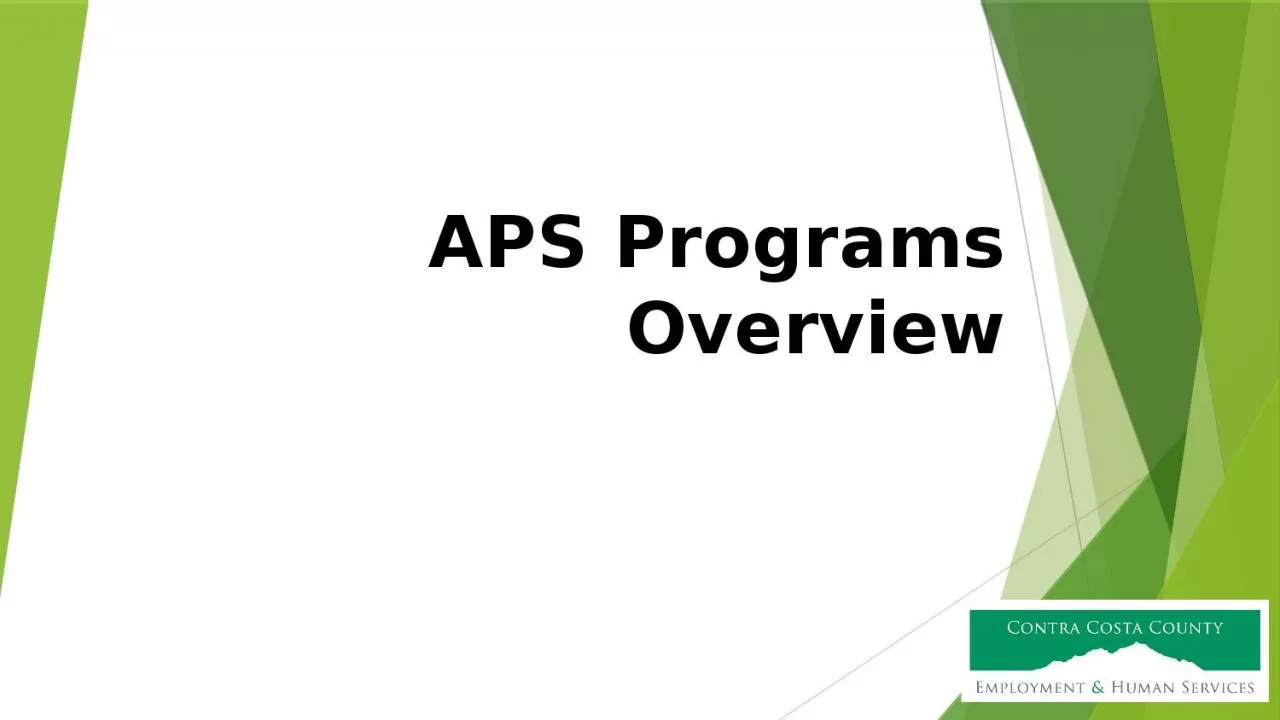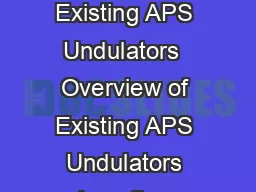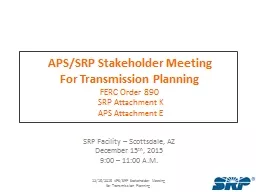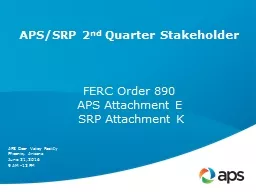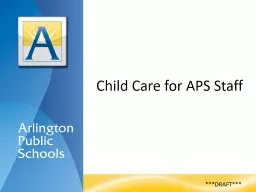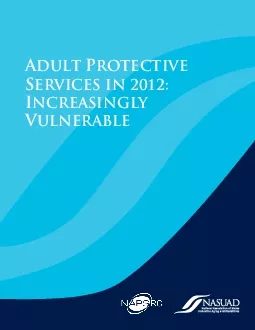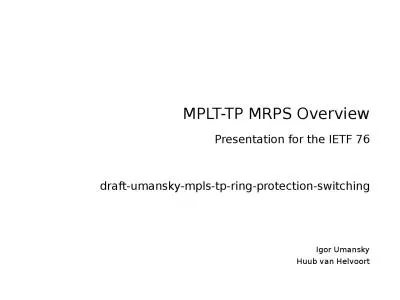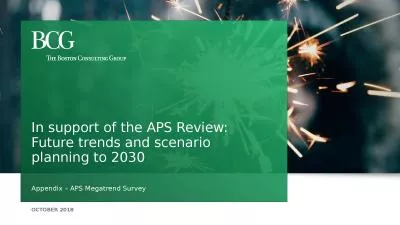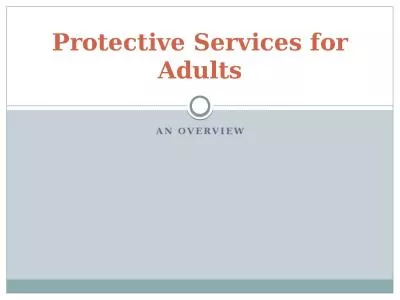PPT-APS Programs Overview What is APS?
Author : cora | Published Date : 2023-11-16
Elders Age 60 and over Suspected victim of abuse neglect or self neglect Lives in Contra Costa County Dependent Adults Age 1859 Who has physical or mental limitations
Presentation Embed Code
Download Presentation
Download Presentation The PPT/PDF document "APS Programs Overview What is APS?" is the property of its rightful owner. Permission is granted to download and print the materials on this website for personal, non-commercial use only, and to display it on your personal computer provided you do not modify the materials and that you retain all copyright notices contained in the materials. By downloading content from our website, you accept the terms of this agreement.
APS Programs Overview What is APS?: Transcript
Download Rules Of Document
"APS Programs Overview What is APS?"The content belongs to its owner. You may download and print it for personal use, without modification, and keep all copyright notices. By downloading, you agree to these terms.
Related Documents

